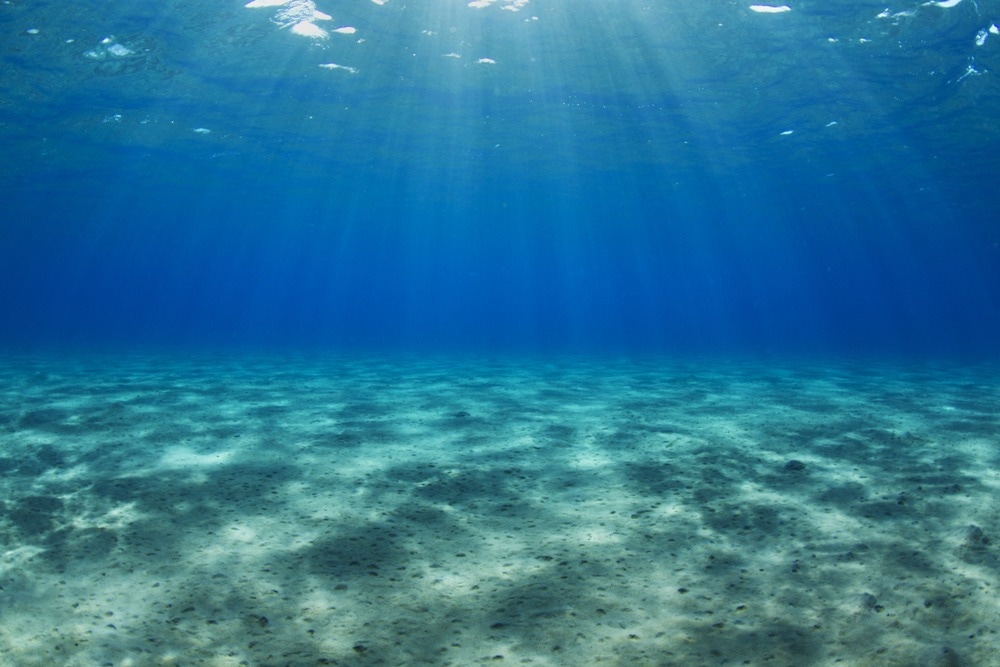A robotic system from Impossible Metals could help collect metals for batteries that power green vehicles.

Image Credit: UnderTheSea/Shutterstock.com
As the effects of fossil fuels on the environment and the impact of climate change become abundantly clear, the need for green vehicles and alternative fuels has never been greater.
This has prompted an increased demand for efficient, safe, and economical batteries to power more environmentally friendly rechargeable vehicles that lessen the use of fossil fuels.
There is a catch, however, which is hampering the application of these batteries and the implementation of greener transport platforms as a result.
The mining of elements such as cobalt, nickel, lithium, and copper, upon which these batteries depend, can also be harmful to the environment. The environmental impact of these practices can include water scarcity, habitat destruction, and the contamination of water sources with toxic chemicals such as heavy metals.
The mining of these elements can have societal impacts too. For example, in 2021, researchers from Northwestern University published research showing the impact of mining cobalt for lithium-ion batteries on communities in Africa’s Democratic Republic of the Congo (DRC), arriving at disturbing conclusions.
The researchers found cobalt mining was associated with increased violence, substance abuse, food, and water depletion, and physical and mental health challenges.
One possible solution to this situation is to collect these base metals from their largest known source, the ocean floor, where they exist as potato-sized rocks called polymetallic nodules.
Though scientists have been aware of the presence of these bases metals on the seafloor for some time, until now, the challenge has been how to safely and efficiently collect them.
Digging these metals up from the sea floor is prohibited due to the potential damage that underwater mining could have on underwater ecosystems that are already under pressure as a result of climate change. That means that any attempt to collect polymetallic nodules would have to hover above the sea floor and gather the valuable rocks from above.
Enter Impossible Metals, who have designed a robotic collection system to do just this. The system can identify and gather metals from the floor of the ocean in a process the company calls “selective harvesting.”
In early December, Impossible Metals announced the completion of initial trials of its first autonomous underwater vehicle (AUV) called “Eureka 1.” The trial involved selectively harvesting rocks from an underwater environment.
Eureka 1 required three critical technological advancements to be developed by Impossible Metals: a buoyancy engine, an underwater fast robotic arm, and a computer vision AI-driven system.
Successful Proof of Concept for Sustainable Seabed Mining of Critical Minerals with Eureka I AUV
Video Credit: Impossible Metals/YouTube.com
Combining Artificial Intelligence and Robotics Under the Waves
Roughly the size of a fridge, Eureka 1 searches the seafloor for polymetallic nodules grabbing the rocks with its robotic arm and placing them into large in-build containers. When these are filled, Eureka 1 returns to the surface of the sea and a waiting boat to offload its harvest.
To test Eureka 1, the team at Impossible Metals submerged it in shallow water to a depth of around 82 feet (25 meters). From there, the robot collected rocks and successfully delivered them to the surface. While this may sound simple, Impossible Metals described the trial and the first proof of concept test for Eureka 1 as a “milestone” in harvesting resources from the seabed.
To protect oceanic plants and animals, the vision system of Eureka 1 can detect marine life on polymetallic nodules. By identifying oceanic fauna located on nodules, the system’s robotic arm is capable of leaving those nodules unharvested as Eureka 1 hovers above the seabed using its buoyancy engine.
The environmental impact of the system is also lessened by it not producing return water or creating significant sediment plumes. It also does not impact sediment structure or fauna growing on sediment.
Impossible Metals says that in addition to this, the system is scalable and has no single points of failure, defined as a flaw in the design of a system or in the implementation of that design. They add that the manufacture of the Eureka 1 can begin with a low production rate which can be increased over time.
Impossible Metals currently plans to have Eureka 1 ready for large-scale roll-out in 2026 and believes it could be a vital step forward for sustainable critical metals, positively impacting both the economics of critical rare metal resources and global supply chains.
Eureka 1 will still need to be approved by the United Nations-operated International Seabed Authority (ISA). The ISA has thus far only granted licenses to explore a small fraction of the ocean floor for missions that collect data regarding polymetallic nodules.
References and Further Reading
Bamana. G., Miller. J.D., Young. S.L., et al, (2021) Addressing the social life cycle inventory analysis data gap: Insights from a case study of cobalt mining in the Democratic Republic of the Congo, One Earth, 10.1016/j.oneear.2021.11.007
Robotic Collection System, Impossible Metals. Available at: https://impossiblemetals.com/technology/robotic-collection-system/
EUREKA! IMPOSSIBLE METALS REVEALS SUCCESSFUL PROOF OF CONCEPT FOR SUSTAINABLE SEABED MINING OF CRITICAL MINERALS, Impossible Metals. Available at: https://impossiblemetals.com/
Disclaimer: The views expressed here are those of the author expressed in their private capacity and do not necessarily represent the views of AZoM.com Limited T/A AZoNetwork the owner and operator of this website. This disclaimer forms part of the Terms and conditions of use of this website.